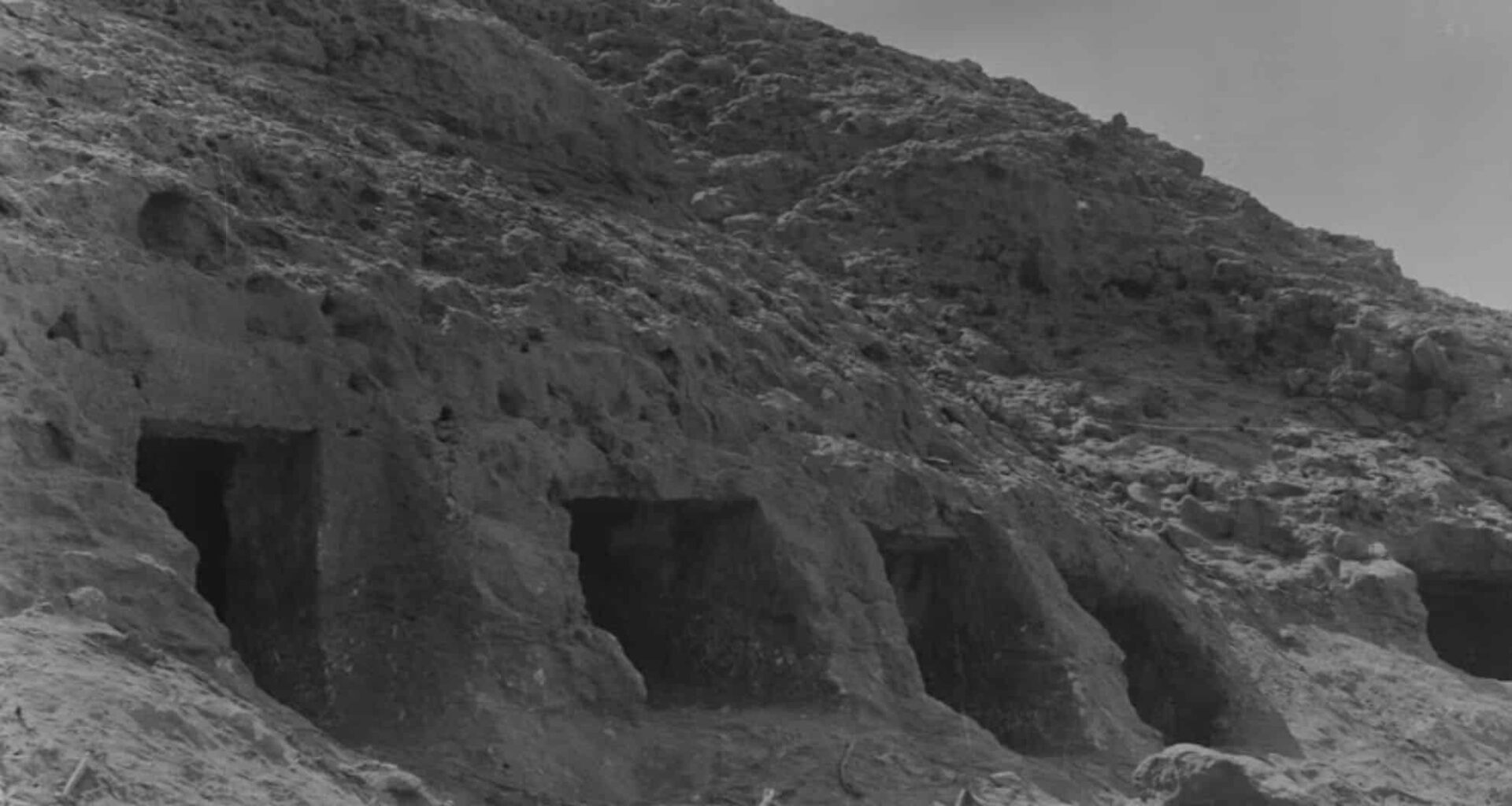In a groundbreaking study recently published in Nature, scientists have sequenced the complete genome of an ancient Egyptian individual who lived over 4,500 years ago during the Old Kingdom period. This study marks a significant milestone in the field of ancient genetics, revealing not only the most complete and oldest ancient Egyptian genome ever found but also offering insights into the genetic makeup of people from one of the most iconic civilizations in history. Researchers were able to extract intact DNA from the individual’s teeth, leading to remarkable findings that shed light on the genetic history of Egypt, a region that had remained somewhat mysterious in terms of ancient DNA research. As described in the article “This Ancient Egyptian Left Behind 4,500-Year-Old DNA” by National Geographic, this new discovery unlocks answers to many questions surrounding the migration and intermingling of ancient populations, enriching the understanding of Egypt’s long and storied past.
The Discovery of Ancient Egyptian DNA: A New Chapter in History
The newly sequenced genome provides an unprecedented glimpse into the genetic composition of an ancient Egyptian individual, shedding light on how populations from Africa and Asia intermingled during the early days of Egypt’s Old Kingdom. The remains, which were found in a pottery coffin sealed inside a ceramic vessel at the Nuwayrat necropolis, had survived centuries of extreme conditions, including bombings during World War II. This discovery is crucial because, as scientists have noted, Egypt has long been a gap in the puzzle of human genetic ancestry. “There are hundreds, if not thousands, of ancient genomes from across the world,” says Linus Girdland-Flink, a biomolecular archaeologist at the University of Aberdeen, who co-authored the study. “Yet, Egypt has remained a kind of white spot on the map of this big puzzle of human genetic ancestry.”
This newly sequenced DNA, dating between 2855 and 2570 BCE, offers a clearer understanding of Egypt’s genetic connections to neighboring regions, as well as insights into the unique genetic traits that defined ancient Egyptians. It is the first full genome extracted from an individual dating to the Old Kingdom period, marking a major advancement in the study of ancient Egypt’s demographic and cultural evolution.
Insights Into Ancient Egyptian Genetic Ancestry
The genetic analysis revealed that about 80% of the individual’s ancestry can be traced to Neolithic populations from North Africa. The remaining 20% of their lineage connects to populations from West Asia, including regions such as Mesopotamia, modern-day Iraq, parts of Syria, and Iran. This blend of North African and West Asian ancestry provides key evidence of the cultural and genetic interactions that took place between Egypt and its neighboring regions in antiquity. The study’s findings suggest that migration and population mixing in ancient Egypt were ongoing processes, likely over hundreds, if not thousands, of years. This theory aligns with archaeological evidence, which indicates that people were not only exchanging goods like crops and animals but also intermingling in terms of culture and genes.
Adeline Morez Jacobs, the biological anthropologist who led the research at Liverpool John Moores University, explains, “This genome allows us–for the first time–to get insights into the genetic ancestry of an ancient Egyptian individual from the Old Kingdom period.” The study thus offers new dimensions of understanding, not just of Egypt’s distant past, but also of the broader human migration patterns across ancient civilizations.
Reconstructing the Face of an Ancient Egyptian
Alongside the sequencing of the DNA, researchers also employed forensic anthropology to reconstruct what the ancient Egyptian might have looked like. Using a 3D scan of the individual’s skull, forensic anthropologist Caroline Wilkinson led the effort to recreate the man’s face, based on structural features such as the jawline, nose, and eyes. The result, while speculative, offered a visual representation of an individual who lived more than 4,500 years ago. This facial reconstruction provided a fascinating and humanizing connection to the distant past, helping scientists and the public better visualize life during one of Egypt’s most formative periods.
The study further utilized genetic predictions from a tool called the HirisPlexS system, which suggested that the individual likely had brown eyes, brown hair, and skin pigmentation ranging from dark to black. While these predictions are not definitive, they offer valuable insight into the likely physical characteristics of this ancient Egyptian. “Although this is based on one individual, the finding is highly significant as ancient DNA rarely survives in the Nile valley,” stated Daniel Antoine, the head of Egypt and Sudan at the British Museum. This reconstruction adds a more tangible connection to the ancient world, linking science and history in a visually powerful way.
The Significance of Ancient DNA Research in Egypt
The discovery of this complete genome is a significant leap forward in the field of ancient Egyptian genomics. Prior to this study, the oldest DNA recovered from ancient Egypt came from mummies buried between 787 and 23 BCE. These earlier findings only represented partial genomes. By contrast, the newly sequenced DNA offers a comprehensive look at an individual from the Early Dynastic to Old Kingdom period, providing rich data for understanding the diverse genetic makeup of Egypt’s ancient population.
The research opens up new possibilities for future studies, especially in the context of understanding the interactions between Egypt and other ancient civilizations. Egypt, long regarded as a cultural and genetic crossroads, may have been a melting pot where populations from different parts of the world mingled and exchanged ideas, trade, and genetic material. “This genome allows us–for the first time–to get insights into the genetic ancestry of an ancient Egyptian individual from the Old Kingdom period,” said Morez Jacobs. This represents a key moment in the ongoing exploration of human history, shedding light on Egypt’s role as a nexus of ancient civilization.
